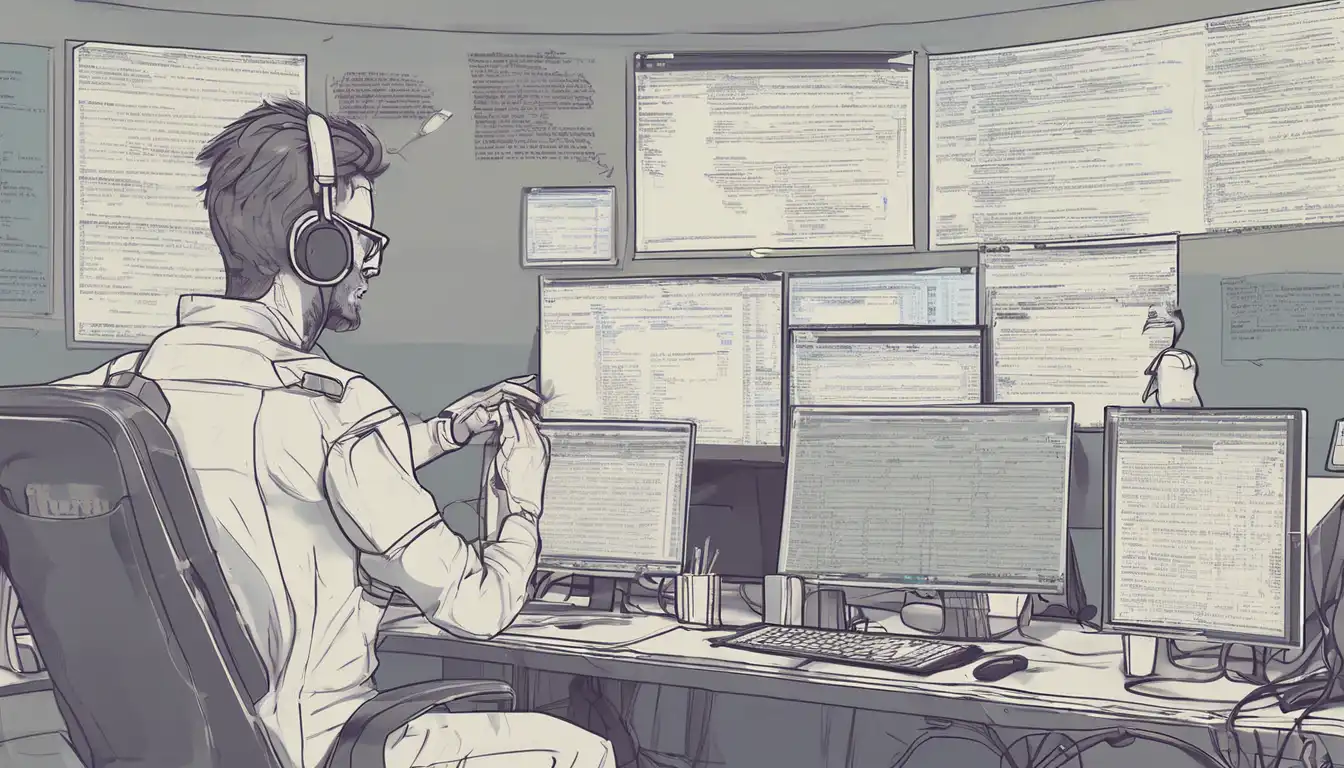Introduction to Professional Code Debugging
Debugging is an essential skill for any programmer, yet many struggle with it. This guide will walk you through the professional techniques to identify and fix bugs in your code efficiently.
Understanding the Debugging Process
Before diving into debugging, it's crucial to understand what it entails. Debugging is the process of identifying, analyzing, and removing errors or bugs from software or hardware.
Essential Debugging Tools
There are several tools available that can make debugging easier. Here are some of the most popular ones:
- Integrated Development Environments (IDEs) like Visual Studio Code and IntelliJ IDEA
- Debugging tools such as GDB for C/C++
- Browser developer tools for web development
- Logging frameworks to track down issues
Step-by-Step Debugging Techniques
Follow these steps to debug your code like a pro:
- Reproduce the Bug: Before you can fix a bug, you need to be able to reproduce it consistently.
- Understand the Code: Make sure you understand the code you're debugging. This might involve reading documentation or asking colleagues for help.
- Use Breakpoints: Breakpoints allow you to pause the execution of your program at a specific point to examine the state.
- Check Variables: Examine the variables at the time of the breakpoint to see if they hold the expected values.
- Step Through the Code: Step through your code line by line to see where things go wrong.
- Fix and Test: Once you've identified the issue, make the necessary changes and test to ensure the bug is fixed.
Common Debugging Pitfalls to Avoid
Even experienced developers can fall into common debugging traps. Here are a few to watch out for:
- Assuming the bug is in the wrong part of the code
- Not taking breaks, leading to frustration and burnout
- Overlooking simple solutions or typos
- Ignoring the importance of a good night's sleep in solving complex problems
Advanced Debugging Strategies
For more complex issues, you might need to employ advanced strategies:
- Binary Search: Narrow down the problem by dividing the code into sections and testing each one.
- Rubber Duck Debugging: Explain your code line by line to an inanimate object (like a rubber duck) to spot mistakes.
- Pair Programming: Sometimes, a fresh pair of eyes can spot the issue immediately.
Conclusion
Debugging is a skill that improves with practice. By using the right tools and techniques, you can become more efficient at identifying and fixing bugs. Remember, the goal is not just to fix the current issue but to improve your coding practices to prevent similar bugs in the future.
For more tips on improving your coding skills, check out our articles on effective coding practices and software development best practices.
